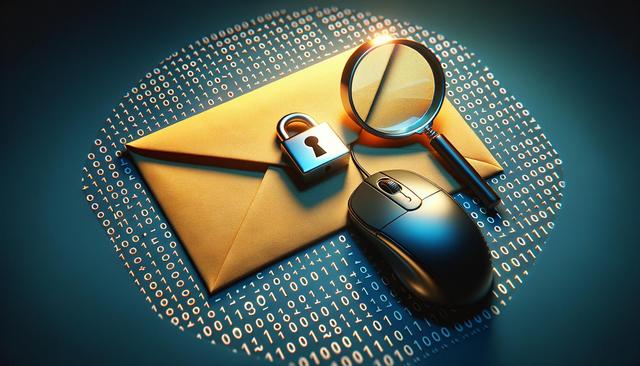
Recognize the Red Flags: A Simple Guide to Spotting Scam Emails Before It’s Too Late
Understanding the Basics of Email Scams
Email scams, often referred to as phishing attacks, have become increasingly sophisticated, making it essential for everyone to learn how to identify them. These scams typically aim to steal personal information, such as passwords and financial details, by masquerading as trustworthy entities. The first step in protecting yourself is understanding the basics of how these scams work. Scammers often use fake email addresses or domain names that closely resemble legitimate ones. Additionally, they rely on emotional manipulation, creating a sense of urgency or fear to prompt immediate action from the recipient.
Recognizing Common Red Flags
Knowing the warning signs of a scam email can save you from potential harm. Some common red flags include unexpected requests for personal information, poor grammar and spelling, and unsolicited attachments or links. Scammers often use urgent language, such as “Your account will be suspended” or “Immediate action required,” to push recipients into hasty decisions. Be wary of emails that seem too good to be true, such as promises of large sums of money or luxurious prizes. Legitimate organizations will never ask for sensitive information via email or direct you to login pages through email links.
Analyzing the Content of Suspicious Emails
When you receive an email that seems suspicious, take a closer look at its content. Check the sender’s address to see if it matches the official domain of the organization it claims to be from. Look for generic greetings like “Dear Customer” instead of using your actual name, as this is a common tactic used by scammers. Pay attention to the tone and language used in the email. Scammers often use threats or promises to provoke a response. If you receive such an email, do not click on any links or download attachments. Instead, independently verify the information by contacting the organization directly through their official channels.
Steps to Protect Yourself from Email Scams
Protecting yourself from email scams requires vigilance and proactive measures. Here are some steps you can take:
- Keep your software and antivirus programs up to date to defend against malware.
- Enable email filters to automatically block spam and phishing emails.
- Use strong, unique passwords for different accounts and change them regularly.
- Be cautious of public Wi-Fi networks, as they are often insecure.
- Regularly review your financial statements for any unauthorized transactions.
By implementing these strategies, you can significantly reduce your risk of falling victim to email scams.
Reporting and Responding to Email Scams
If you encounter a phishing email, it’s important to report it to authorities to help combat cybercrime. Most email providers have a function to report phishing directly from your inbox. Additionally, you can report the scam to organizations like the Federal Trade Commission (FTC) or equivalent agencies in your country. If you suspect that you have fallen victim to a scam, act quickly by changing your passwords and contacting your bank or credit card company. They can help secure your accounts and prevent further unauthorized access. Raising awareness among friends and family about email scams can also contribute to a safer online community.
Conclusion: Staying Vigilant in the Digital Age
In today’s digital world, staying vigilant against email scams is crucial for safeguarding your personal information. By educating yourself on the tactics used by scammers and adopting preventive measures, you can protect not only yourself but also others from potential threats. Remember that legitimate organizations will never ask for sensitive information through email, and always verify suspicious requests independently. By staying informed and cautious, you can confidently navigate your inbox and maintain your digital security.